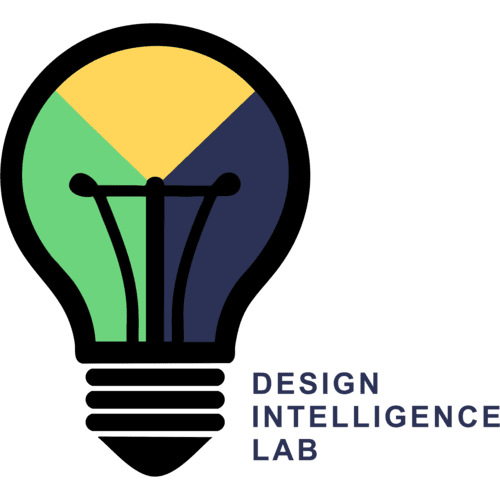Abstract
Modeling and simulations offer significant benefits for self-directed learning as learners can independently design experiments and investigate their own hypotheses at their discretion. However, many studies on the use of such tools focus on pedagogical contexts in K-12 education with well-defined problems, learning goals, assessments, and outcomes. This study investigates how online learners engage in self-directed modeling by analyzing the behaviors of 315 learners across 822 models within VERA, an ecological modeling tool. Through learning analytics techniques, including activity sequence analysis, hierarchical clustering, and Markov chain models, we identify three distinct behavioral patterns—Observation, Construction, and Exploration—that reflect varying levels of engagement and interaction. Our findings reveal that learners transition from construction-focused behaviors to more active, hypothesis-driven exploration, with observation consistently present across all learning phases. This research contributes to the fields of AI in education and self-directed learning by providing a framework for understanding how learners interact with modeling tools outside traditional classroom settings. Future work may build on these patterns to offer adaptive and personalized learning.
How Online Learners Engage in Self-Directed Modeling: A Behavioral Analysis
